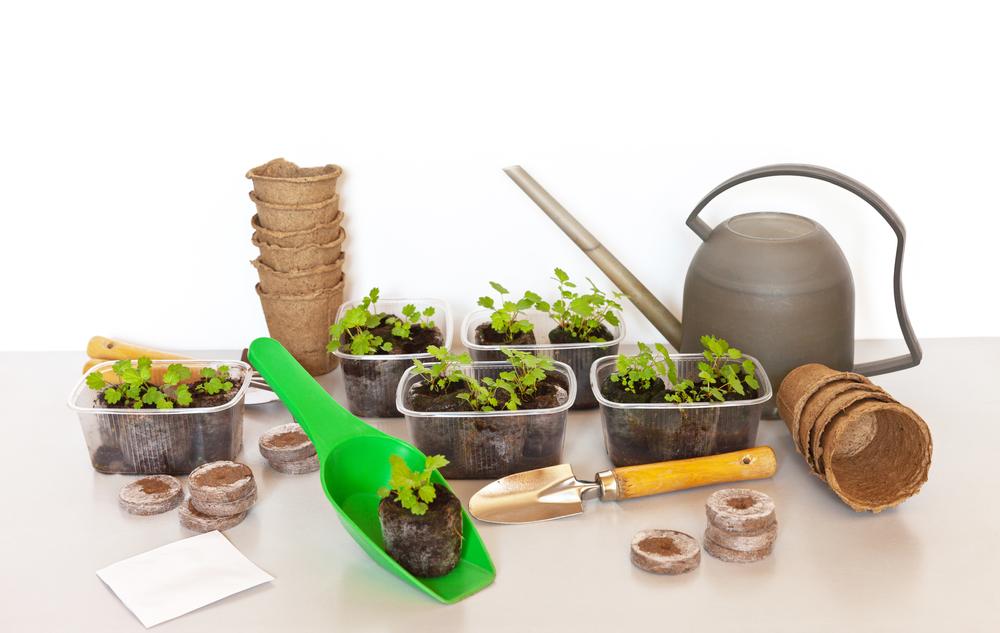One of the biggest benefits of starting seeds indoors is the selection; one is no longer limited to the varieties found at local nurseries and home and garden stores. Most any plant can be started indoors and transplanted when the timing is right.
All this selection isn’t necessarily a good thing; seeds need to be chosen judiciously. For example, northern gardeners with shorter growing seasons should focus on quicker harvest times. A good example is snap beans, which can mature in as few as 50 days, versus pole beans, some of which can take up to 110 days.





